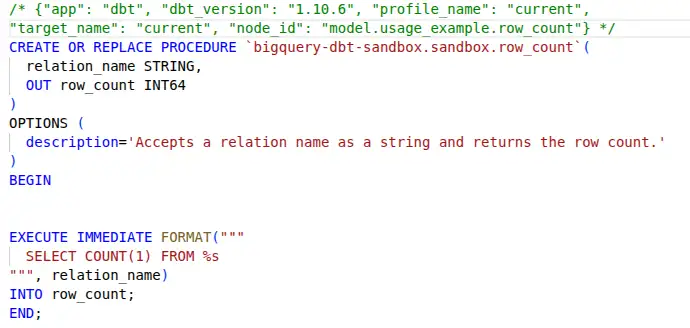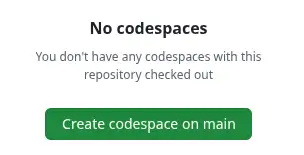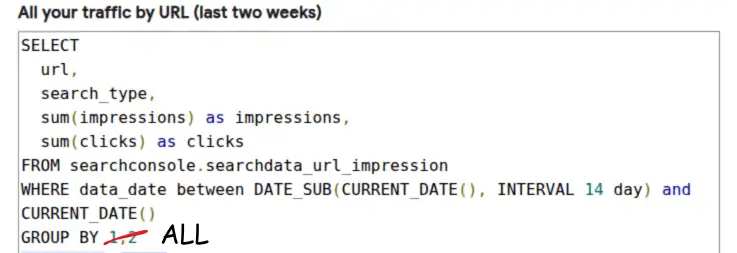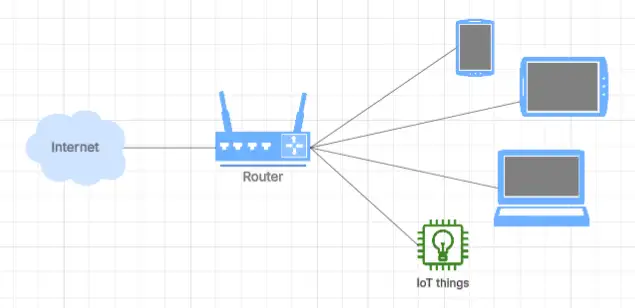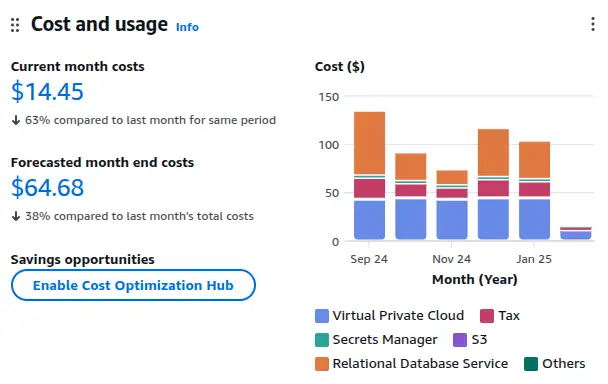How to get pwned with --extra-index-url
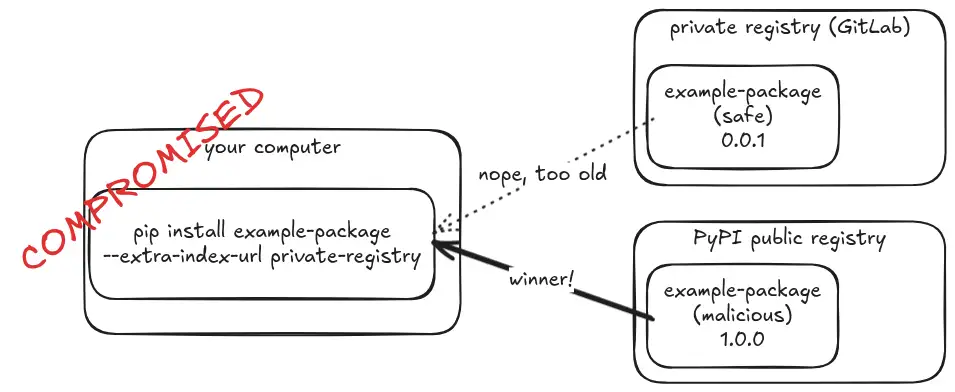
Python's built-in pip package manager has a dangerous behaviour when used with private package registries. If you specify your private registry with the --extra-index-url flag (there are other dangerous variants too), an attacker can publish a malicious package with the same name and a higher version to PyPI, and their package will be installed.
This post confirms that the vulnerability (CVE-2018-20225 7.8 HIGH) is still a problem today and introduces a test suite and publicly-available test packages that you can use to more easily confirm the safety - or not - of your own setup.

